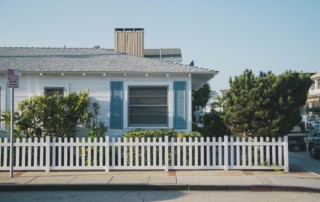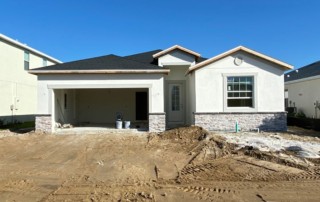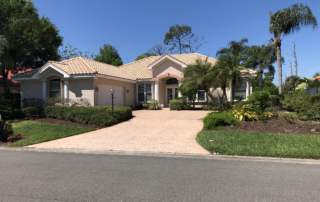Your roof is built to be sturdy, resilient, and long-lasting. Still, even the most durable roof will eventually begin to show signs of wear and tear after years of the severe storms, harsh sunlight, and high winds that are common in the Venice area.
It is important to keep an eye on the areas of your roof that are vulnerable to becoming damaged, as even minor damage can allow a roof leak to occur. Remember, most experts recommend an annual roof inspection in order to maintain a healthy roof.
Checking your Roof Structure for Vulnerabilities
Whether you are simply performing routine maintenance or are trying to find the source of a leak – you’ll need to know where to look.
- Shingles and Tiles: The top layer of roofing materials takes the brunt of the weather and exposure, so is obviously most vulnerable to damage. On asphalt shingle roofs, look for cracked, curled or missing shingles or large areas of missing granules. A clay tile roof may exhibit broken, cracked or missing tiles. In both cases, it is important to remove damaged materials and replace as soon as possible. This layer of material is the first line of defense for the underlayment and roof deck and even minor maintenance should not be ignored.
- Flashing: Your flashing is installed to divert water away from areas of penetration on your roof, such as chimneys and roof vents. If the flashing is missing or damaged, your protection against water intrusion is compromised. Check to see if metal flashing is corroded or separated, and either replace or apply seam tape.
- Chimneys, Skylights, Roof Windows: Any penetrations in the roofing material is vulnerable to roof leaks. Check the deals, and look around the edges for roof leaks. Windows and skylights may begin to exhibit condensation in the panes, indicating that water is intruding. Check these areas carefully.
- The Attic: Although not officially a part of the roof, your attic is often the best place to locate leaks. Because the entire attic is covered by your roof, it is the first part of the home which will be affected by the water intrusion. Water may penetrate the attic in a number of ways and can be seen in dark spots on the framing structure, damp beams, moldy areas or compact, soggy insulation. Should the water get beyond the attic, it infiltrates your home – so it is imperative to inspect the attic as well as the roof, to look for signs of water damage. It is also easier to trace the source of a leak in the attic, then once the water travels down the path of least resistance into your walls and ceilings.
- Gutters: The gutter system is designed to divert water safely away from the roof and home. Sagging or clogged gutters will result in situations which lead to water damage and leaks – after all, if the water cannot flow freely, it backs up and finds an easier path to take. Unfortunately, the easier path may be under your roofing materials and into your home; down the side of your home into the foundation; or straight into your drywall. The roof structure can also be damaged by backed up water. Keeping the water flowing freely through your gutters is a great way to reduce the likelihood of leaks.
None of these issues need to become a major problem. Simply call Kingdom Roofing, and we will come out and assess your roof’s condition, as well as determine any needed repairs, and a schedule for us to come back to inspect your roof structure. The best way to avoid leaks is to prevent them altogether, by inspecting these vulnerable areas regularly.




